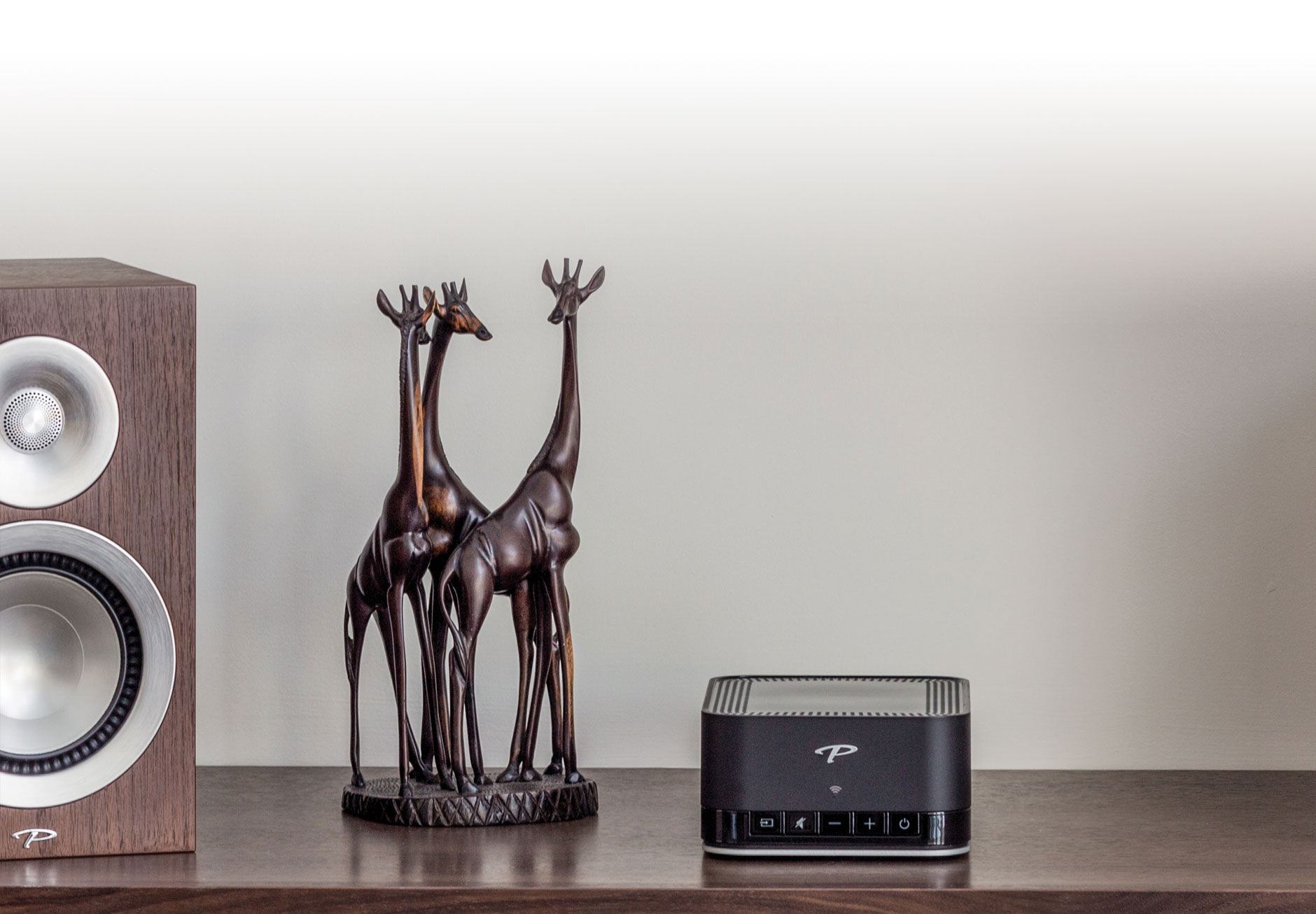

The cabinet sizes were determined based on the large dimensions of the NS-30’s JA-6002 unit and the NS-20’s JA-5002 unit, their single-unit measurements of 1030mm high x 740mm wide x 315mm deep and 860mm high x 620mm wide x 310mm deep being standard for the large studio monitors of the time. Each was configured the same way apart from the size of the unit and cabinet. Both featured an irregular three-way configuration based on the JA-6002 (an 89圆3cm diaphragm used in the NS-30) and JA-5002 (the 68x50cm version used in the NS-20) units originally developed by Yamaha for the Electone and improved for HiFi audio use. Since then, there have been many improvements to both sound quality and strength, which is why loudspeakers are still in use today.Released in 1967, the NS-20 and NS-30 were Yamaha’s historic first Natural Sound speakers. Their Voice of the Theatre hit the market in 1945, and it was immediately tested by the Academy of Motion Pictures and Sciences. In 1943, Altec introduced their Duplex driver, which dramatically improved sound quality and performance. A system was even mounted at the 1939 New York World’s Fair, this one designed by Rudy Bozak, who worked for Cinaudagraph. The system was invented by James Bullough Lansing, John Kenneth Hilliard, and Douglas Shearer. In 1937, the “Shearer Horn System for Theatres” was introduced to the film industry by Metro-Goldwyn-Mayer.
#History of soundmate speakers drivers#
Then, in the 1930s, loudspeakers began to combine drivers in order to make the sound amplification better. This worked as a power supply and amplifier for the loudspeaker.
#History of soundmate speakers driver#
The energy then went through these coils into a second pair of connections to the driver in the system. Ribbon loudspeakers used electromagnets to energize coils.

Schottky developed the very first ribbon loudspeaker that used diodes.

They were able to adjust the properties of the coils until they lowered the frequency at which the cone began to replicate noise. Kellogg patented something called a direct radiator, which used moving coil drivers. In 1915 they decided to develop their own company, Magnavox, and it became successful. Jensen established a practical application for them, but the pair was denied patents so they couldn’t sell their invention to record companies. In 1898, Oliver Lodge developed a system of moving-coil drivers and later, Peter L. Record companies then began selling record players that used loudspeakers with this system. In 1898, Horace Short developed a mechanism for amplifying sound using compressed air and he sold the rights to Charles Parsons. Edison received a British patent while Tesla did not. At the same time, both Nikola Tesla and Thomas Edison were experimenting with similar devices. In 1877, Ernst Siemens released a more advanced version of an electric loudspeaker after Alexander Graham Bell, inventor of the telephone, had patented a similar invention in 1876. Here’s a look at the history of the loudspeaker. They’re used at all kinds of sporting events including football games, cheerleader meets, and just about any place where a voice needs to be heard over a lot of other noise.

Loudspeakers have proven to be a staple in the world in many ways.


 0 kommentar(er)
0 kommentar(er)
